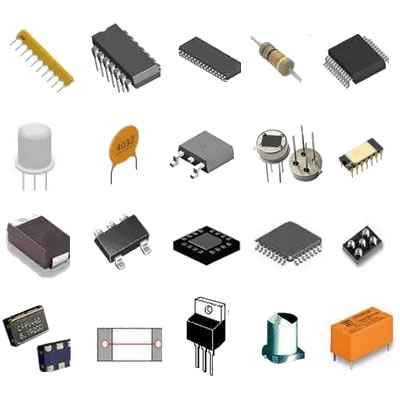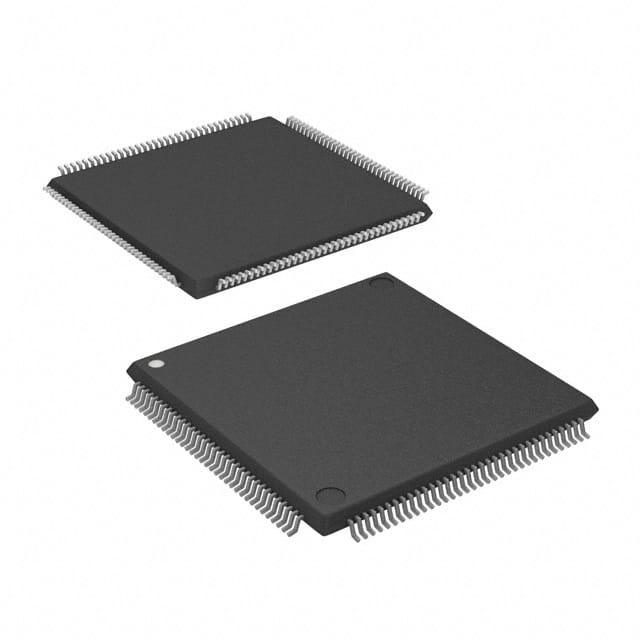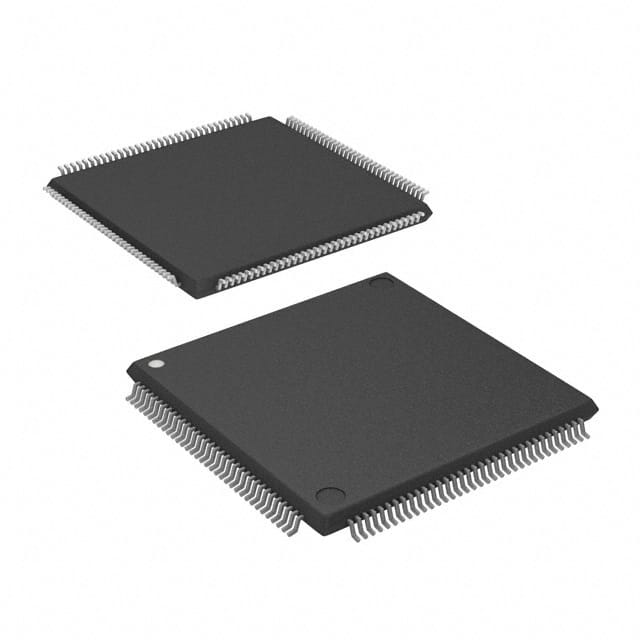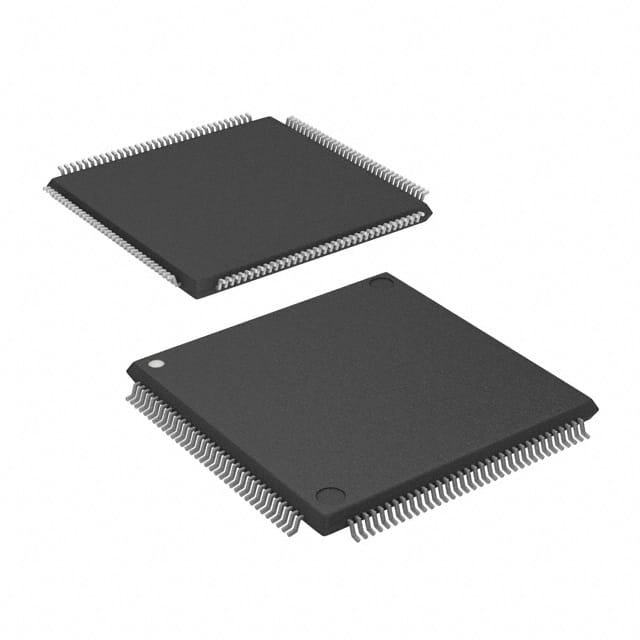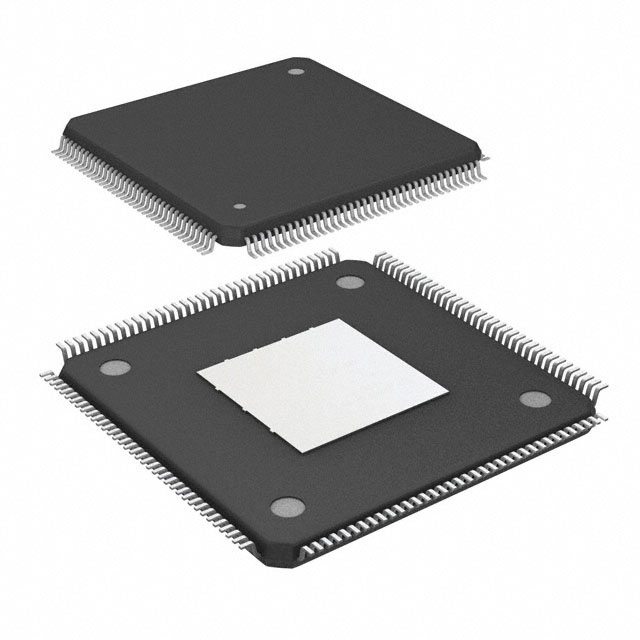Title: Choosing the Right Adjustable Power Resistor: A Comprehensive Component Class Recommendation
1. Power Rating (200 words) The power rating of an adjustable power resistor determines its ability to handle heat dissipation. It is crucial to select a resistor with a power rating that exceeds the maximum power dissipation expected in the application. Failure to do so can result in overheating, leading to performance degradation or even component failure. When choosing a power rating, consider both the continuous power rating and the short-term overload capability. Higher power ratings often come with larger package sizes, so it is essential to balance power requirements with space constraints.
2. Resistance Range (200 words) The resistance range of an adjustable power resistor determines its versatility in different applications. It is crucial to select a resistor with a resistance range that covers the desired values for the specific project. Consider the minimum and maximum resistance values required, as well as the desired resolution. Some adjustable power resistors offer a wide resistance range, allowing for fine-tuning of resistance values, while others are more limited in their range. Additionally, consider the tolerance of the resistor, as it affects the accuracy of the resistance value.
3. Temperature Coefficient (200 words) The temperature coefficient of an adjustable power resistor indicates how its resistance value changes with temperature variations. It is crucial to select a resistor with a low temperature coefficient to ensure stability and accuracy in different operating conditions. A low temperature coefficient minimizes resistance drift due to temperature changes, which is particularly important in applications where precise resistance values are required. Temperature coefficients are typically expressed in parts per million per degree Celsius (ppm/°C), with lower values indicating better stability.
4. Package Type (200 words) The package type of an adjustable power resistor determines its physical dimensions, mounting options, and ease of integration into a circuit. Common package types include through-hole, surface mount, and chassis mount. Through-hole resistors are suitable for prototyping and hand-soldering, while surface mount resistors are smaller and more suitable for automated assembly processes. Chassis mount resistors are designed for high-power applications and often feature additional heat sinks for efficient heat dissipation. Consider the available space on the PCB or in the system enclosure when selecting the package type.
Conclusion (100 words) Choosing the right adjustable power resistor is crucial for ensuring optimal performance and reliability in electronic applications. By considering factors such as power rating, resistance range, temperature coefficient, and package type, engineers and hobbyists can make informed decisions when selecting adjustable power resistors for their projects. It is essential to carefully evaluate the specific requirements of the application and choose a resistor that meets those requirements while considering space constraints and cost considerations. With the right adjustable power resistor, electronic systems can achieve precise control over resistance values and power dissipation, leading to improved overall performance.







